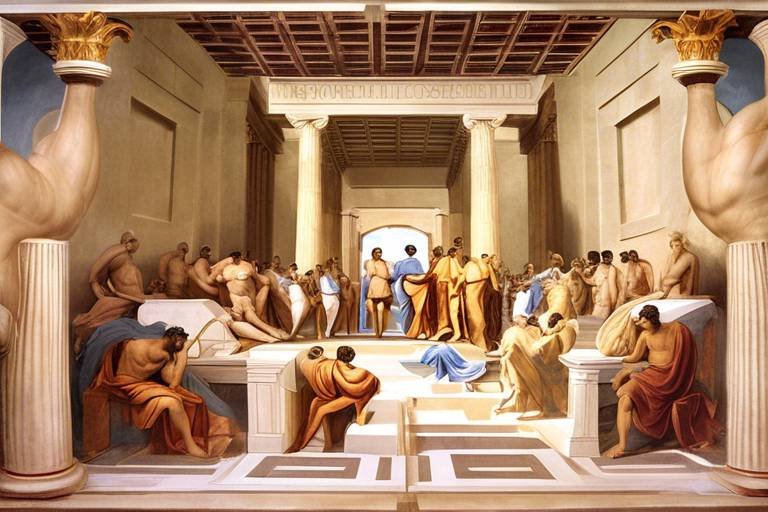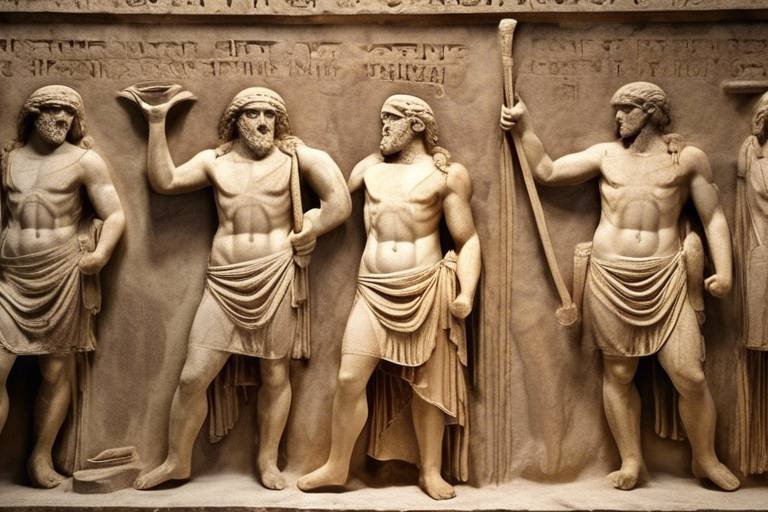The Enigma of the Lost Civilizations of North America
The Enigma of the Lost Civilizations of North America has long captivated the minds of archaeologists and history enthusiasts alike. The vast continent of North America holds secrets of ancient cultures that once thrived but mysteriously vanished, leaving behind only remnants of their existence. Through archaeological discoveries and research, we can catch glimpses of these lost civilizations and piece together the puzzle of their enigmatic past.
One of the intriguing ancient peoples of North America were the Anasazi, who inhabited the Four Corners region of the United States. The Anasazi, also known as the Ancestral Puebloans, left behind intricate cliff dwellings, pottery, and petroglyphs that offer a glimpse into their rich culture and advanced architectural skills.
Another enigmatic site that sheds light on early North American civilizations is the Cahokia Mounds. Located near present-day St. Louis, Missouri, Cahokia was once a bustling pre-Columbian city with monumental earthen mounds, indicating a sophisticated society with complex social structures and ceremonial practices.
Delving further into the mysteries of North America's past, we encounter the Mound Builders, an ancient civilization that constructed impressive earthworks across the Midwest. These mounds, some shaped like animals or geometric patterns, stand as a testament to the engineering prowess and cultural significance of these lost peoples.
The Hopewell Tradition is another fascinating chapter in the history of North America, characterized by intricate earthworks and artifacts that reflect a culture known for extensive trade networks and elaborate ceremonial sites. The Hopewell people's legacy continues to intrigue researchers seeking to unravel the complexities of their society.
Turning our attention to the arid regions of present-day Arizona, we discover the Hohokam Society, renowned for their advanced irrigation systems and complex social organization. The remnants of their ancient canal networks and distinctive pottery provide valuable insights into the innovative practices of this enigmatic civilization.
Exploring the burial mounds and intricate artwork of the Adena culture takes us back to one of the earliest mound-building societies in North America. The Adena people's burial practices and artistic achievements offer a glimpse into their spiritual beliefs and cultural traditions.
Uncovering the massive earthworks and ancient artifacts at Poverty Point in Louisiana reveals a sophisticated society that thrived in this region thousands of years ago. The geometric earthworks and artifacts found at Poverty Point hint at a society with a complex social structure and advanced engineering skills.
Lastly, the mysterious Serpent Mound in Ohio continues to puzzle archaeologists and historians with its massive effigy mound in the shape of a serpent. The purpose and significance of this ancient earthwork remain shrouded in mystery, adding to the allure of North America's lost civilizations.
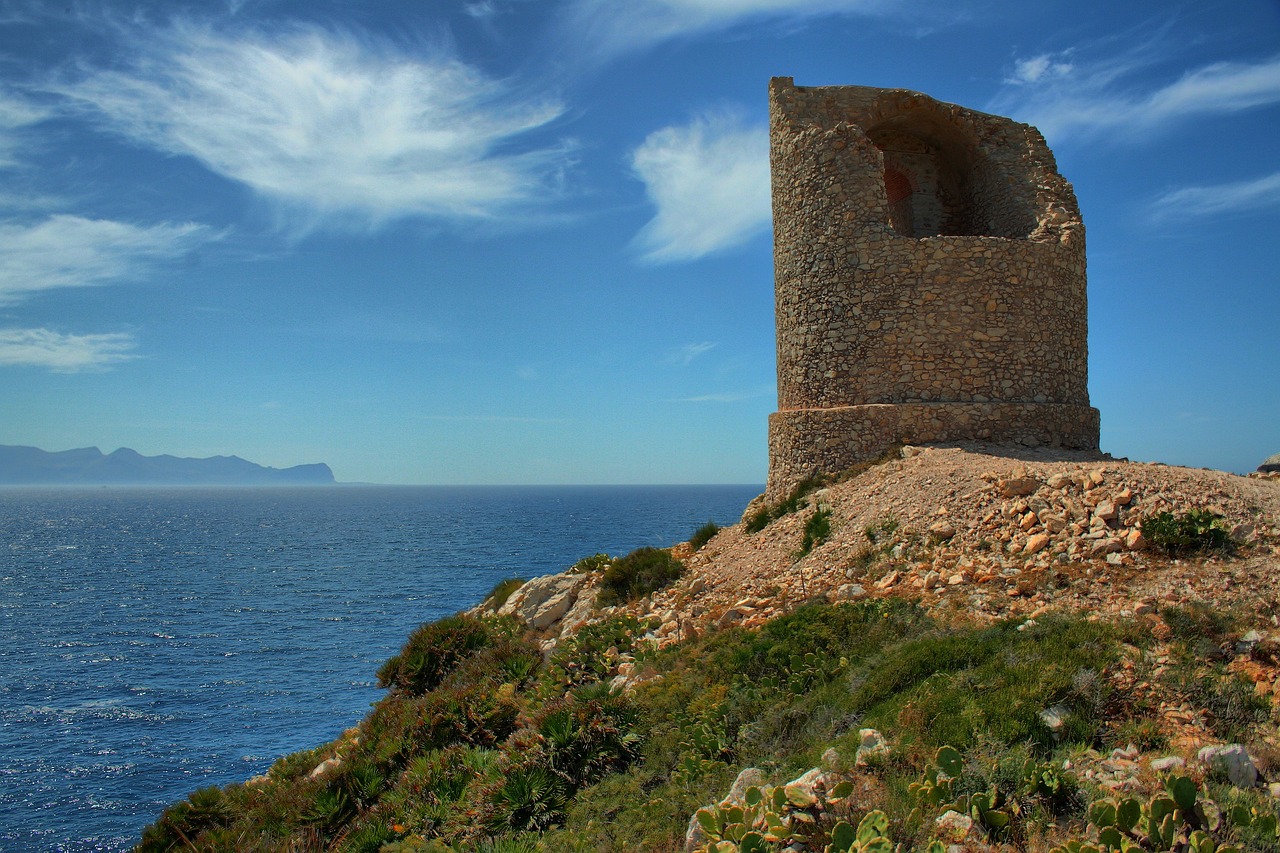
The Anasazi People
The Anasazi people, also known as the Ancestral Puebloans, were an ancient Native American civilization that thrived in the Four Corners region of the United States. Their legacy is shrouded in mystery and fascination, as they left behind remarkable architectural achievements and intricate pottery that continue to captivate archaeologists and historians.
One of the most notable aspects of the Anasazi culture is their cliff dwellings, built into the sides of steep canyon walls. These elaborate structures not only provided shelter but also served as a defense mechanism against potential threats. The Anasazi were master builders, utilizing the natural landscape to create intricate stone buildings that still stand as a testament to their engineering prowess.
Furthermore, the Anasazi were skilled farmers, cultivating maize, beans, and squash in the arid desert environment through advanced irrigation techniques. Their ability to thrive in such challenging conditions speaks to their ingenuity and resourcefulness. The Anasazi's agricultural practices allowed their civilization to flourish and sustain a growing population.
Artifacts discovered in Anasazi sites reveal a rich artistic tradition, with intricate pottery designs and intricate jewelry crafted from materials like turquoise and shell. These artifacts provide insights into the spiritual beliefs and daily life of the Anasazi people, showcasing their connection to the land and the natural world.
The enigmatic disappearance of the Anasazi civilization around the 13th century remains a subject of debate among scholars. Some theories suggest environmental factors such as drought and resource depletion, while others point to social and political upheaval. Regardless of the cause, the legacy of the Anasazi people endures through their impressive architectural achievements and cultural contributions.
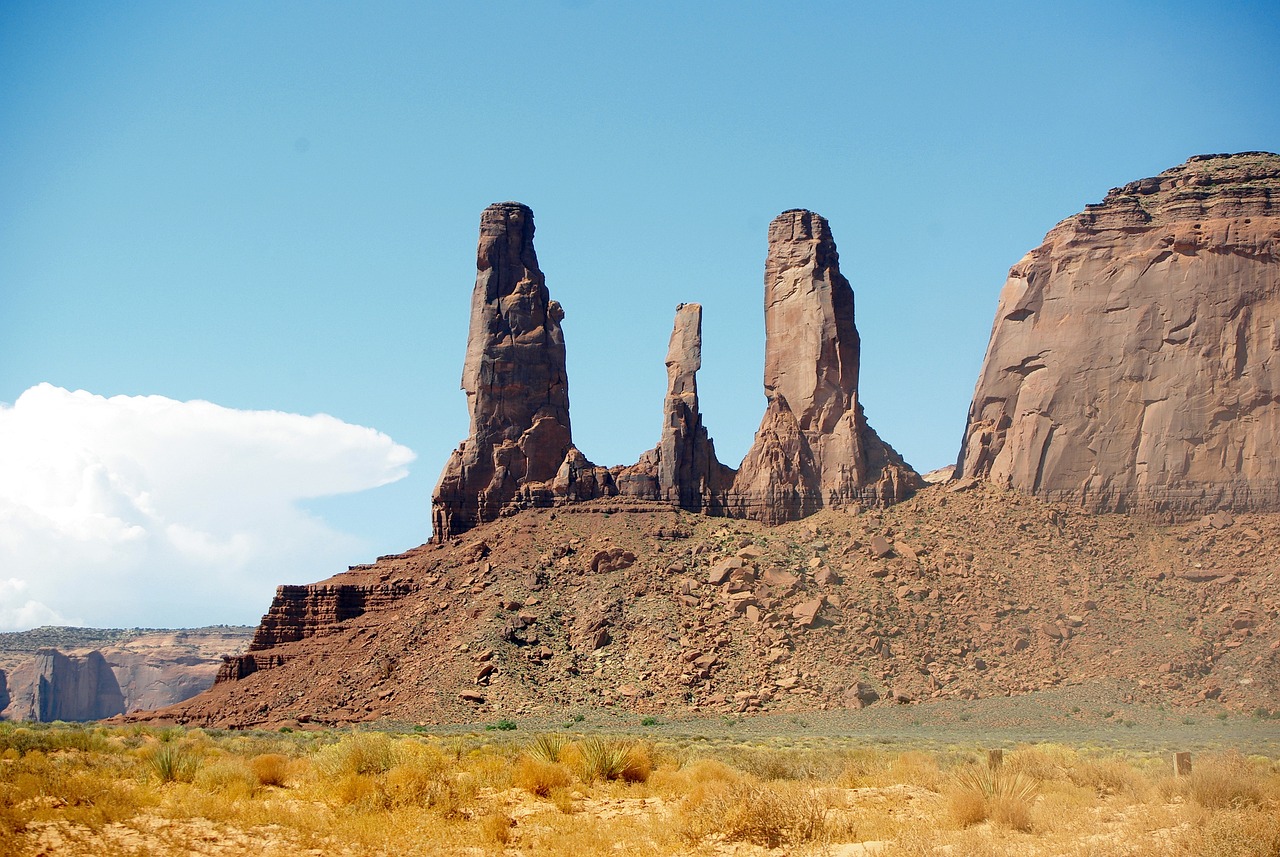
The Cahokia Mounds
The Cahokia Mounds hold a special place in the history of North America, standing as a testament to the advanced civilization that once thrived in the heart of present-day Illinois. These ancient mounds, built by the Mississippian culture, are a marvel of engineering and architecture, with the largest, Monks Mound, towering over the landscape like a giant guardian of the past.
Spread across a vast area, the Cahokia Mounds complex is believed to have been the largest pre-Columbian settlement north of Mexico, boasting a population that rivaled that of medieval London. The site's layout, with its precise alignments to celestial events, indicates a sophisticated understanding of astronomy and a highly organized society.
Archaeological excavations have revealed a rich tapestry of artifacts, including intricate pottery, tools, and jewelry, shedding light on the daily lives and cultural practices of the Cahokia people. The presence of large plazas, ceremonial structures, and a massive wooden sun calendar known as Woodhenge suggests a society deeply connected to nature and the cosmos.
One of the most intriguing features of the Cahokia Mounds is the presence of massive earthen pyramids, some of which were used for burials of the elite members of the society. These burial mounds, such as Mound 72, contain elaborate grave goods and evidence of complex burial rituals, hinting at a belief system that revered ancestors and the afterlife.
Visiting the Cahokia Mounds today, one cannot help but feel a sense of awe and wonder at the scale and ingenuity of this ancient civilization. The site serves as a reminder of the mysteries that still shroud the history of North America and the enduring legacy of the cultures that once flourished in this land.

The Mound Builders
The Mound Builders were an ancient civilization that left behind a legacy of impressive earthworks scattered across the Midwest of North America. These mounds, ranging from burial sites to ceremonial structures, stand as a testament to the sophisticated engineering and cultural practices of this enigmatic society. The Mound Builders constructed intricate geometric shapes and massive earthen structures that continue to intrigue archaeologists and historians to this day.
One of the most famous sites attributed to the Mound Builders is the Cahokia Mounds in Illinois, which was once the largest pre-Columbian city north of Mexico. This complex urban center housed thousands of inhabitants and featured monumental earthen pyramids, plazas, and residential areas. The scale and organization of Cahokia highlight the advanced societal structure and architectural prowess of the Mound Builders.
The Mound Builders were skilled artisans and craftsmen, creating intricate pottery, jewelry, and tools that reflected their cultural sophistication. Their artistic expressions, found in the form of elaborate artifacts and effigy mounds, provide insights into their religious beliefs, social hierarchy, and daily life. The intricate designs and symbolic motifs found in Mound Builder artifacts offer glimpses into the spiritual and ceremonial practices of this ancient civilization.
Archaeological excavations of Mound Builder sites have revealed a complex network of trade routes that connected distant regions, showcasing their economic prosperity and cultural exchange. The presence of exotic materials such as marine shells and copper from the Great Lakes region indicates the extensive trade networks established by the Mound Builders. This interconnectedness with neighboring cultures contributed to the cultural diversity and technological innovations of the Mound Builder society.
The enigmatic nature of the Mound Builders lies in their sudden disappearance from the archaeological record, leaving behind a landscape dotted with mysterious mounds and unanswered questions. Theories abound regarding the decline of the Mound Builder civilization, ranging from environmental factors to social upheaval. Despite the uncertainties surrounding their ultimate fate, the legacy of the Mound Builders endures through their monumental earthworks and cultural achievements, inviting us to unravel the enigma of their lost civilization.

The Hopewell Tradition
The Hopewell Tradition refers to a fascinating ancient culture that thrived in the eastern woodlands of North America between 200 BCE and 500 CE. This advanced civilization is renowned for its intricate earthworks, elaborate burial mounds, and extensive trade networks that spanned across a vast region. The Hopewell people were skilled artisans, crafting exquisite jewelry, pottery, and effigy pipes, showcasing their artistic prowess and cultural sophistication.
One of the most iconic sites associated with the Hopewell Tradition is the renowned Hopewell Ceremonial Earthworks in Ohio. These massive geometric earthworks, including circles, squares, and octagons, served as ceremonial gathering places for the community, reflecting their spiritual beliefs and social organization. The precision and scale of these earthworks continue to awe archaeologists and visitors alike, offering a glimpse into the complexity of Hopewell society.
Moreover, the Hopewell culture is known for its extensive trade networks that facilitated the exchange of exotic goods such as copper, mica, and marine shells over vast distances. This intricate web of trade routes connected different communities, fostering cultural exchange and social interactions. The artifacts found in Hopewell sites bear witness to the diverse origins of materials, highlighting the interconnectedness of ancient societies in North America.
Furthermore, the burial practices of the Hopewell people are a testament to their spiritual beliefs and social hierarchy. Elaborate burial mounds containing valuable grave goods, such as copper ornaments and intricately carved objects, indicate the importance of certain individuals within the community. The precision and symbolism of these burial sites reflect a deep reverence for the deceased and a complex funerary ritual that was central to Hopewell society.
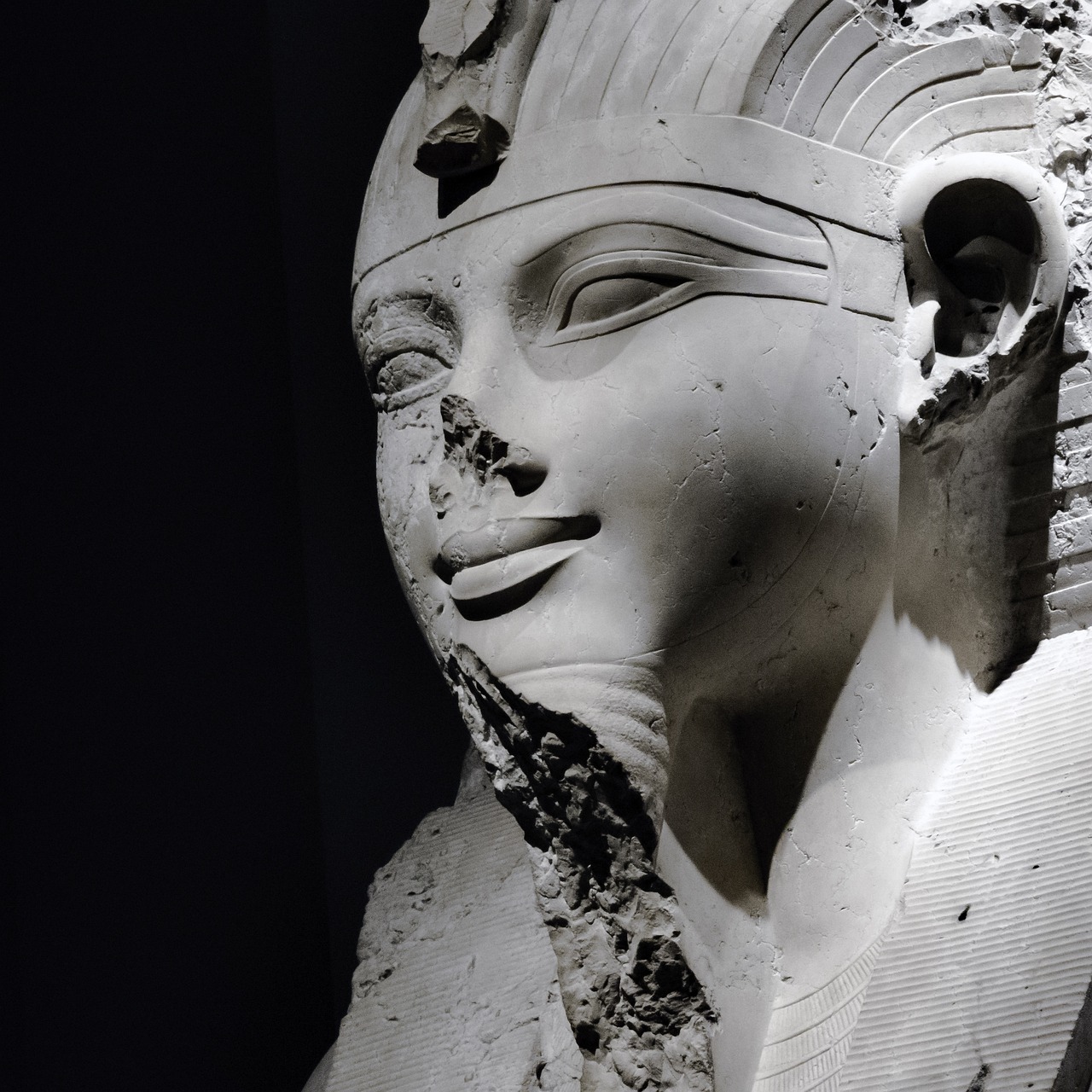
The Hohokam Society
The Hohokam Society, a fascinating ancient civilization, thrived in the arid regions of present-day Arizona, showcasing remarkable advancements in irrigation systems and societal complexity. The Hohokam people ingeniously engineered an extensive network of canals to harness the scarce water resources of the desert, enabling them to cultivate crops and sustain a flourishing society amidst challenging environmental conditions.
Archaeological findings reveal the intricate social structure of the Hohokam, characterized by elaborate trade networks that extended across vast distances, facilitating the exchange of goods and ideas with neighboring cultures. Their settlements featured impressive ball courts, platform mounds, and ceremonial centers, indicating a rich cultural heritage and a deep connection to spiritual practices.
The craftsmanship of the Hohokam is evident in the exquisite pottery, jewelry, and tools unearthed at various archaeological sites, showcasing their artistic skills and technological prowess. Through careful excavation and analysis, researchers continue to unravel the mysteries surrounding the daily life, rituals, and beliefs of this ancient civilization, shedding light on their enduring legacy in the annals of North American history.
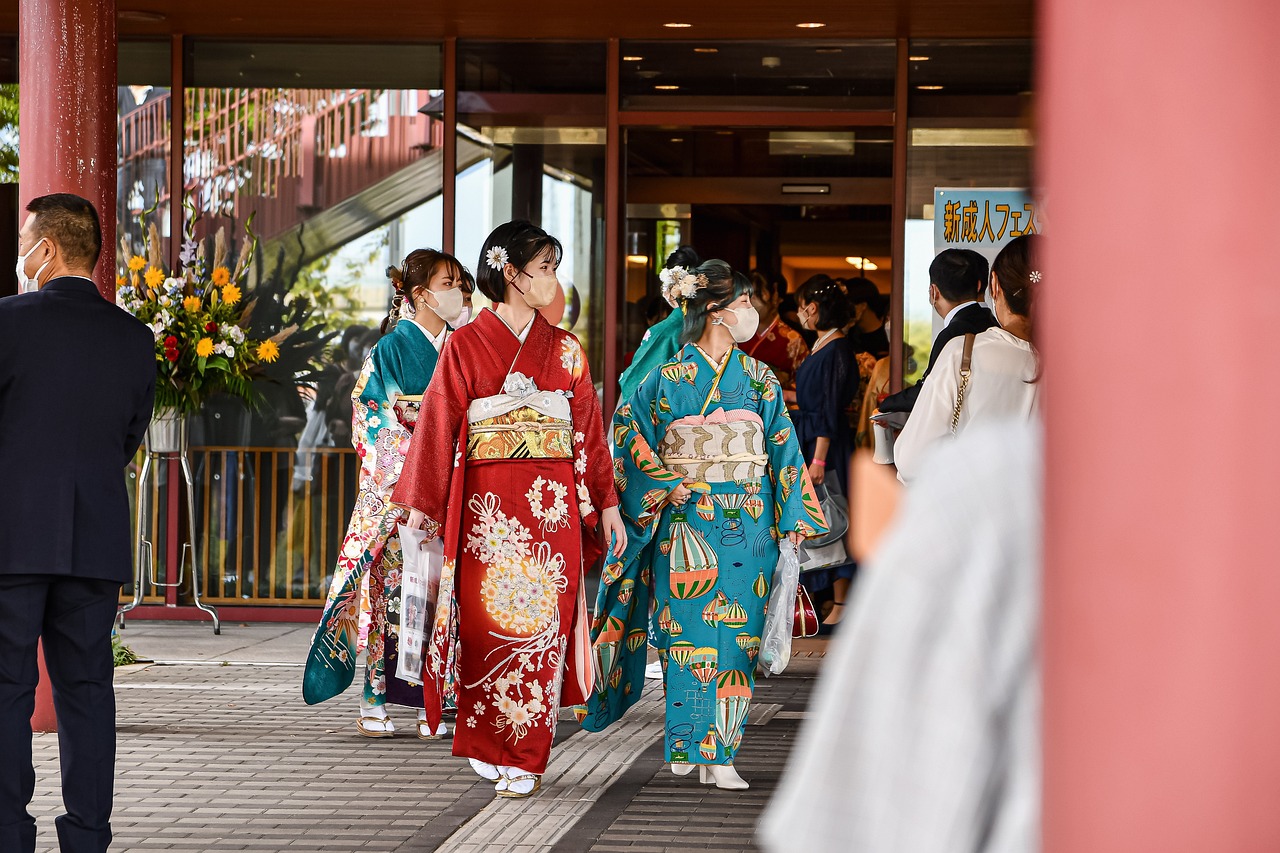
The Adena Culture
Exploring the mysterious disappearance of ancient cultures in North America and the archaeological evidence that hints at their existence.
The Adena Culture, one of the earliest mound-building societies in North America, flourished from around 1000 BC to 200 BC in present-day Ohio, Indiana, West Virginia, Kentucky, and parts of Pennsylvania. Known for their elaborate burial mounds, the Adena people created intricate artwork, pottery, and tools that reflected their advanced craftsmanship and cultural sophistication.
Archaeological excavations have revealed that the Adena culture had a complex social structure, with evidence of trade networks that extended across long distances. The burial mounds, some reaching impressive heights, were constructed as ceremonial and burial sites, often containing valuable artifacts and offerings for the deceased.
The Adena culture's artwork, including intricately designed pottery and effigy pipes, showcases their artistic skills and symbolic representations. These artifacts provide valuable insights into their religious beliefs, societal rituals, and daily life practices.
One of the most famous Adena sites is the Grave Creek Mound in West Virginia, a massive burial mound standing at over 60 feet tall. The meticulous construction of such mounds reflects the Adena people's engineering capabilities and reverence for their deceased.
Researchers continue to study the Adena culture to unravel the mysteries surrounding their origins, connections to other ancient civilizations, and the reasons behind their eventual decline. The legacy of the Adena people endures through the remnants of their mounds, artifacts, and cultural influence on later societies in North America.

The Poverty Point Site
The Poverty Point Site in Louisiana stands as a testament to the ingenuity and complexity of ancient North American societies. This remarkable archaeological site, dating back over 3,000 years, features massive earthworks that continue to intrigue researchers and visitors alike. The site's concentric rings of earthen mounds, thought to have served as a ceremonial center and residential area, showcase the architectural prowess of its builders. The intricate design and sheer scale of the earthworks at Poverty Point hint at a sophisticated social structure and advanced engineering capabilities.
Archaeologists have uncovered a wealth of artifacts at Poverty Point, including intricately crafted stone tools, pottery, and figurines. These artifacts provide valuable insights into the daily lives, beliefs, and artistic expressions of the ancient inhabitants of this site. The presence of imported materials such as copper and stone from distant regions suggests extensive trade networks and connections with other cultures across North America.
The significance of Poverty Point extends beyond its impressive architecture and artifacts. The site's layout and design align with astronomical phenomena, indicating a deep understanding of celestial events and the natural world. This alignment with celestial bodies reflects the spiritual beliefs and cosmological knowledge of the people who constructed and inhabited Poverty Point.
Visitors to Poverty Point today can explore the site's various mounds, plazas, and ridges, gaining a glimpse into the lives of the ancient civilization that once thrived there. The UNESCO World Heritage Site continues to spark curiosity and wonder, inviting us to ponder the mysteries of the past and the enduring legacy of the lost civilizations of North America.

The Serpent Mound
The Serpent Mound, located in Ohio, is a remarkable ancient earthwork shaped like a serpent winding across the landscape. This effigy mound, dating back over a thousand years, has baffled researchers and sparked numerous theories about its purpose and significance. The mound stretches approximately 1,348 feet, with its undulating body and coiled tail creating a striking image when viewed from above. While some believe it served as a ceremonial site or astronomical calendar, the true meaning behind the Serpent Mound remains shrouded in mystery.
Archaeologists have conducted extensive studies on the Serpent Mound, examining its alignment with celestial events and potential connections to ancient belief systems. The intricate design of the mound, with its curves and coils meticulously crafted into the earth, showcases the advanced engineering skills of the ancient people who constructed it. The symbolism of the serpent in various cultures adds another layer of complexity to the enigma of the Serpent Mound, prompting questions about its cultural significance and spiritual implications.
Visitors to the Serpent Mound today can walk along pathways that offer different perspectives of this awe-inspiring structure. Interpretive signs provide insights into the history and possible interpretations of the mound, inviting contemplation and reflection on the mysteries of the past. The site's serene surroundings and historical importance make it a popular destination for both tourists and researchers seeking to unravel the secrets of this ancient earthwork.
Frequently Asked Questions
- What happened to the Anasazi people?
The disappearance of the Anasazi people remains a mystery, with theories ranging from environmental factors to migration. Archaeological evidence suggests a complex societal collapse rather than a sudden event.
- Why are the Cahokia Mounds significant?
The Cahokia Mounds are crucial in understanding early North American civilizations due to their scale and complexity. They provide insights into urban planning, social organization, and cultural practices of pre-Columbian societies.
- Who were the Mound Builders?
The Mound Builders were a sophisticated ancient civilization that constructed elaborate earthen mounds across the Midwest. Their purpose and exact identity remain subjects of ongoing archaeological debate.
- What is unique about the Hopewell Tradition?
The Hopewell culture is renowned for its extensive trade networks, intricate earthworks, and ceremonial sites. Their artifacts and mounds reflect a complex society with connections across different regions.
- How did the Hohokam people adapt to the arid environment?
The Hohokam people developed advanced irrigation systems to thrive in the desert landscape of present-day Arizona. Their society's ability to harness water resources enabled agricultural productivity and social complexity.
- What characterized the Adena Culture?
The Adena culture is known for its burial mounds, intricate artwork, and early mound-building practices in North America. Their artistic achievements and burial customs provide insights into their spiritual beliefs and social structure.
- Why is the Serpent Mound in Ohio puzzling?
The Serpent Mound's purpose and origins continue to intrigue researchers, with theories suggesting astronomical alignments, religious significance, or symbolic representations. Its unique shape and location raise questions about its cultural significance.





